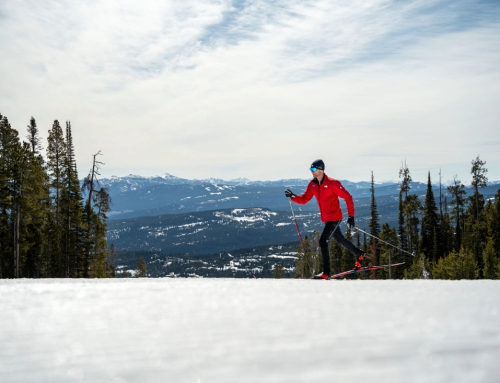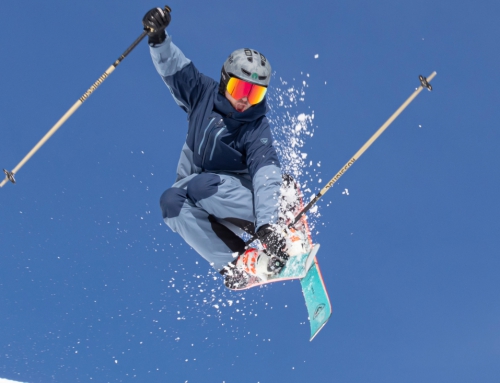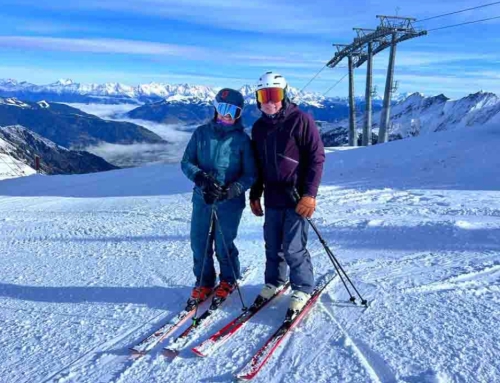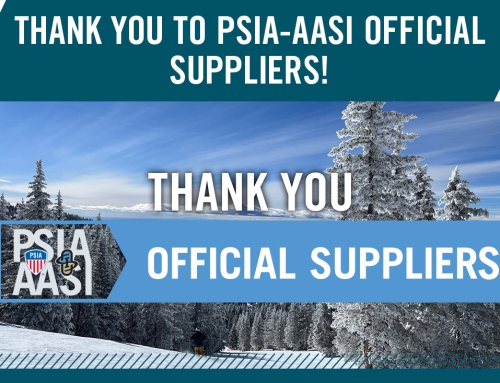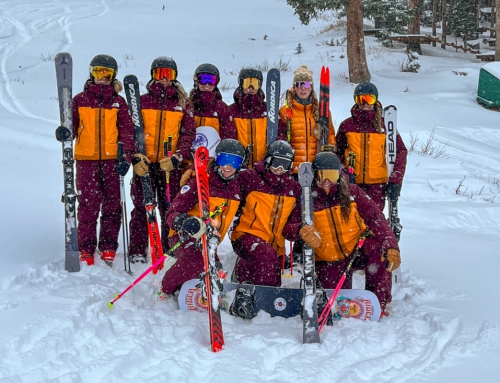New Video: Nordica Pro Series — How to Pass Your Level I
PSIA-AASI Official Supplier Nordica, along with PSIA Alpine Team Coach Michael Rogan, team member Troy Walsh, and PSIA NW Tech Team member Meagan Jones, released a must-see video series that will share insight into the process to help you understand some of the criteria and what to expect to improve your likelihood of success. This information paired with the National Standards and Performance Guides is intended to ensure that all candidates are prepared and poised for success.
Whether you’re an aspiring instructor looking to pass your first certification exam or a seasoned pro aiming to reach the highest levels of mastery, this comprehensive video series is your ultimate companion on the journey to success.
“These videos were created by a team of seasoned ski instructors who have successfully navigated the challenges of ski examinations,” said Nordica North America Marketing and Communications Manager Joe Cavallaro. “We understand the unique demands of these tests, and we’re here to help lead you through every maneuver needed to pass your exams. In this series, we’ll break down the exam process, from the technical skills you need to master on the mountain to pedagogical strategies.”
PSIA-AASI will highlight each level of this extraordinary video series every week this month, providing you with the insight and instructional background you need to achieve your professional goals this year. Please share with your colleagues and potential students to highlight all the great work you do on snow.
As Cavallaro said, “Our goal is simple — to empower you with the knowledge, skills, and confidence to not just pass your exams, but to truly shine as a ski instructor.”
Level I Assessment Activities Include:
Below are some of the activities and details you’ll experience throughout your Level I assessment. Other activities may take place as well.
STRAIGHT RUN IN ATHLETIC STANCE: STRAIGHT
Straight run demonstrating a basic athletic stance.
GARLANDS
Garlands may be used to assess the ability to vary the successful parameters of moving across the hill from point a to point b. The turn shape can be asymmetrical between turns and adaptations from turn to turn may be necessary to finish at point b.
Variations:
- Make short radius garland turns going both directions across the hill.
- Use slopes with different pitches while keeping a similar turn size.
Funnel Turns:
- This task can be used to assess the ability to actively change turn size, while maintaining speed control.
Variations:
- Short turns to long turns while maintaining the same speed.
- Long turns to short turns while maintaining the same speed.
SKIDDED PARALLEL TURNS WITH SPEED CONTROL
This task can be used to assess the ability to turn legs consistently and separate from the upper body to create the desired turn shape. During the initiation phase, edge change needs to be mostly simultaneous. “Mostly” being defined as being as uniform as possible. Through the shaping and finish phase of the turn, the edge angle needs to allow skidding and not carving.
Variations:
- Stand only on the outside ski during shaping and finish phases of the turn.
- Extend to create a hop off the snow at initiation.
WEDGE TURNS
This task can be used to show the ability to use a centered stance while managing pressure along the length of the skis. This will allow the skier to turn the legs separate from the upper body, creating a consistent, symmetrical turn shape and speed.
Variations:
- Make a series of steered turns with lower edge angles and more leg rotation.
- Make a series of steered turns with higher edge angles and less leg rotation.
- Make a series of turns on a hill with a double fall line and maintain a corridor.
TRAVERSE ON DOWNHILL SKI
This task can be used to assess the ability to keep the uphill ski off the snow for the length of the traverse, showing the ability to direct pressure to the downhill/ outside ski.
Variations:
- Go both directions to practice on each foot.
- Create a narrow track across the hill.
- Create a wider or more brushed track across the hill.
FALLING LEAF
This task can be used to assess the ability to move fore and aft along their skis while side slipping down the hill. The ability to manage fore/aft pressure on command is assessed.
Variations:
- Move across the hill to greater or lesser amounts.
- Lose more elevation than travel across the hill.


